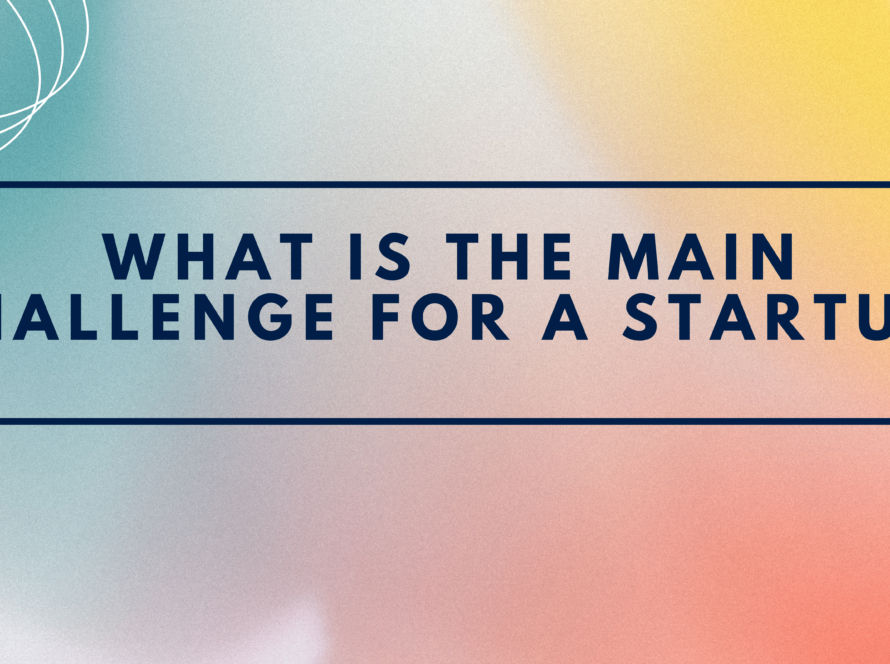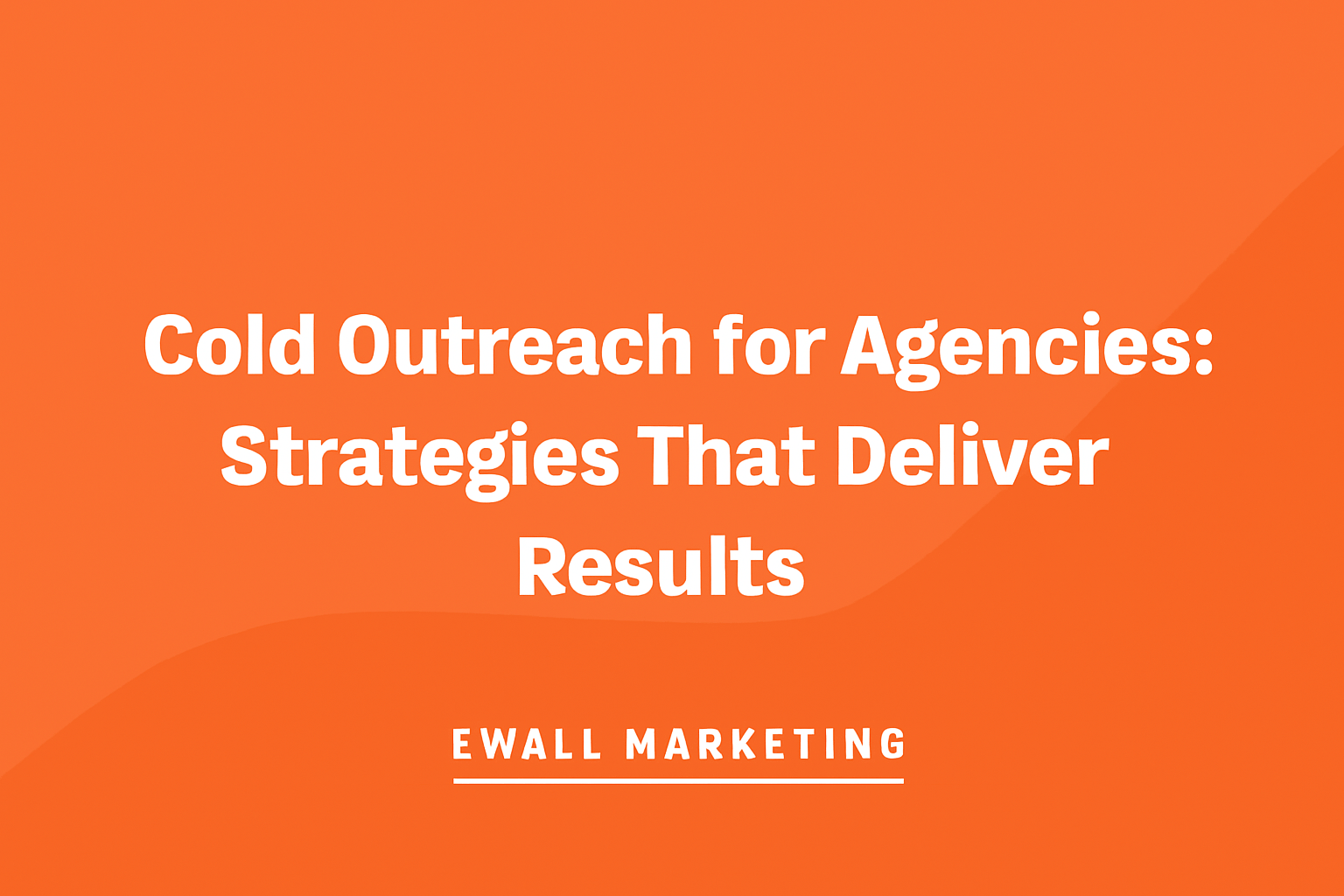Imagine this: A beauty brand invites customers to take a quick 2-minute “Skin Type Analyzer” quiz, and then uses the insights to send personalized product recommendations. The result? An astonishing 217% boost in email click-through rates and a 78% quiz completion rate. This isn’t just clever marketing—it’s the transformative power of zero-party data email personalization in action.
As third-party cookies are being phased out and privacy regulations tighten, forward-thinking marketers are discovering a game-changing truth: the most valuable data isn’t what you scrape from the surface. It’s the information customers willingly provide. Zero-party data email personalization creates a unique opportunity to collaborate with customers, fostering deeper engagement and trust. Don’t miss out on the chance to revolutionize your marketing strategy and achieve exceptional results.
Key Takeaways
- Zero-party data is information that customers intentionally share.
- Both B2C and B2B companies can benefit from zero-party data email personalization campaigns.
- Zero-party data email personalization campaigns offer more relevant recommendations to potential customers.
- That said, marketers must be mindful about how they collect, store, and use zero-party data.
- There are several ways to collect zero-party data, including quizzes and preference centers.
- Marketers can utilize these insights to craft compelling content, optimize email send times, and tailor emails to individual recipients. AI can also identify patterns that human marketers may overlook.
- Measure collection and activation metrics to ensure users are completing and benefiting from your data collection strategies.
- Zero-party data collection methods must comply with privacy laws, such as the GDPR and CCPA.
TABLE OF CONTENTS:
Understanding the Zero-Party Data Revolution
Zero-party data stands out because it is intentionally shared by customers, unlike first-party data, which is collected through passive methods like website analytics or purchase behavior. Instead, zero-party data is gathered directly from interactive touchpoints such as surveys, preference centers, and quizzes. The power of zero-party data lies in its ability to provide deeper customer insights and ensure that marketing efforts are precisely aligned with what the audience truly wants.
This is a game-changer for email personalization. While traditional data might show that a customer bought running shoes, zero-party data reveals whether they’re training for a marathon, looking for casual comfort, or shopping for a gift. This deeper understanding transforms generic product recommendations into personalized, relevant suggestions that actually add value.
But zero-party data isn’t just about staying compliant — it’s about being more effective. By tapping into the data customers willingly share, you can build stronger, more genuine relationships, delivering exactly what your audience is looking for. It’s this voluntary sharing that elevates your marketing strategy, making it far more impactful than passive data collection methods.

The Numbers Don’t Lie: Zero-Party Data Performance
Recent research reveals the dramatic impact of zero-party data on email performance. According to Accenture’s 2025 Global Banking Consumer Study, 91% of consumers are more likely to shop with brands that provide relevant offers and recommendations based on data they’ve voluntarily shared.
| Metric | Zero-Party Data Impact | Source |
| Email Engagement Improvement | 217% vs. third-party data approaches | Digitalixon Research |
| Open & Click Rate Lift | 40-55% higher than generic campaigns | Enzuzo DMA Report |
| Consumer Purchase Intent | 91% more likely to buy from relevant brands | Accenture 2025 |
These statistics highlight a vital truth: customers appreciate and reward brands that handle their voluntarily shared data with care and responsibility. The 217% average improvement in engagement metrics, when compared to third-party data methods, signifies not just minor improvements but a leap toward transformational growth.
“The most powerful personalization comes from the data customers willingly share, not the data we collect on our own. Zero-party data fosters a collaborative relationship where both the brand and the customer gain from every interaction.”
Proven Zero-Party Data Collection Strategies
Successful zero-party data email personalization begins with thoughtful and strategic collection methods that deliver clear value to customers. The most effective strategies blend interactive experiences with transparent value exchanges, all while ensuring compliance. Here are a few examples:
Interactive Quizzes and Assessments
The beauty brand example illustrates the power of quizzes perfectly. After developing a “Skin Type Analyzer” to gather insights on skin concerns, environmental factors, and ingredient preferences, they achieved impressive results:
- 78% completion rate for the interactive quiz
- 64% opt-in rate for email marketing
- 217% increase in product recommendation click-through rates
- 3.2x higher conversion rate among quiz participants
The key is in crafting quizzes that offer real value. Instead of asking simple questions like “What’s your favorite color?”, focus on strategic questions that lead to better recommendations, such as “Which skincare concern bothers you most during winter months?”
Dynamic Preference Centers
Modern preference centers have evolved well beyond basic frequency controls. One e-commerce client revolutionized their email program by introducing a tiered preference system, allowing subscribers to select:
- Product categories of interest
- Content topics and formats
- Promotional frequency preferences
- Communication channel priorities
The results were outstanding: a 189% increase in email engagement, a 76% reduction in unsubscribe rates, and 42% of subscribers updating their preferences on a quarterly basis.
Activation Tactics for Maximum Impact
Collecting zero-party data is only part of the process. The real magic unfolds when you activate those insights across your email program.
Dynamic Content Blocks
Leverage zero-party data to create personalized email content that resonates with individual preferences. For example, a clothing retailer can show winter coats to subscribers who’ve indicated a cold-weather preference, while displaying summer dresses to customers in warmer climates — all within the same campaign.
Predictive Send Timing
Combine stated preferences with behavioral insights to optimize send times. If a subscriber prefers morning emails and your data reveals they engage most often between 7:00 and 9:00 AM, that’s your ideal send window.
Progressive Personalization
Avoid overwhelming subscribers with long surveys right away. Instead, gather data gradually through micro-interactions:
- Welcome series: Ask one preference question per email.
- Post-purchase: Collect satisfaction and future interest data.
- Engagement triggers: Offer preference updates after high-engagement moments.

B2B Zero-Party Data Success Stories
Zero-party data email personalization isn’t just for B2C brands. Causal, a B2B software platform, transformed its onboarding process by collecting company size, job function, and tool preferences during sign-up. This zero-party data allowed for role-specific email journeys that greatly enhanced user engagement.
This approach works because B2B buyers face unique challenges specific to their roles and industries. Personalization in B2B becomes far more effective when based on voluntary data rather than assumptions.
Key B2B collection opportunities include:
- Onboarding surveys: Gather company size, industry, and primary challenges.
- Content preferences: Understand format preferences, topic interests, and depth level.
- Communication timing: Collect data on time zones, preferred days, and frequency.
- Decision-making process: Identify role in purchase decisions and evaluation criteria.
Implementation Best Practices for 2025
Success with zero-party data email personalization requires careful planning around collection, storage, and activation. Here are the key practices for 2025:
Transparent Value Exchange: Always clearly communicate what customers will gain in exchange for their data. Instead of generic phrases like “Help us serve you better,” be more specific: “Share your skincare concerns to receive weekly tips tailored to your skin type.”
Data Maintenance: Zero-party data becomes outdated faster than behavioral data because preferences can change. Regularly refresh preferences, ideally on a quarterly basis, and track engagement patterns to identify when personalization is no longer as effective.
Cross-Channel Consistency: Leverage zero-party data insights across all touchpoints, not just email. For example, if a customer expresses strong interest in sustainability through your email preference center, ensure that your social media ads and website experience align with those values.
Advanced AI Integration Opportunities
Artificial intelligence enhances the value of zero-party data by spotting patterns that may be overlooked by humans. Advanced platforms can analyze stated preferences alongside behavioral data to predict the best product recommendations, content timing, and message frequency.
For instance, if a subscriber indicates they prefer educational content but frequently engages with promotional emails, AI can intelligently balance both types of content. This approach maximizes engagement while respecting the subscriber’s stated preferences.
Measuring Success: Key Metrics to Track
Zero-party data email personalization success hinges on tracking both collection and activation metrics:
Collection Metrics:
- Quiz/survey completion rates
- Frequency of preference center updates
- Data quality scores (completeness, accuracy)
- Performance of collection sources
- Overall completion rates
Activation Metrics:
- Performance of personalized vs. generic emails
- Engagement rates by segment
- Indicators of preference accuracy
- Long-term impact on customer lifetime value
Privacy and Compliance Considerations
Zero-party data collection must adhere to privacy regulations like GDPR and CCPA. Key requirements include:
- Clear Consent Language: Clearly explain how the data will be used and what benefits customers can expect.
- Easy Opt-Out Mechanisms: Provide straightforward options for users to update their preferences or delete their data.
- Data Minimization: Only collect the information that is necessary for personalization and engagement.
- Transparent Processing: Clearly document how personalization algorithms work and how customer data is utilized.
The advantage of zero-party data is its consent-based nature, making compliance much easier than with inferred or purchased data.
Building Your Sustainable Zero-Party Data Program
Zero-party data refers to the information that customers willingly share, providing significant benefits for both you and your audience. The goal is not to gather every piece of data, but to collect insights that truly enhance the customer experience.
How can you effectively collect and apply zero-party data? If you’re starting with zero-party data for email personalization, begin with one collection method and one activation tactic—test and measure before scaling up.
As privacy concerns grow and third-party data becomes less reliable, zero-party data email personalization offers a sustainable way forward. By prioritizing consent and transparency, you can create programs that align both with business goals and customer needs.
Ready to transform your email subscribers into eager data collaborators who actively engage? By leveraging zero-party data, you can create more personalized, meaningful experiences that not only enhance customer loyalty but also drive real results for your business. Let’s get started!


